Introduction
The aviation industry is facing the challenge of decarbonization, with a target to achieve net-zero carbon emissions by 2050. To meet this goal, the widespread adoption of Sustainable Aviation Fuels (SAFs) is crucial.
However, there are obstacles to overcome, such as limited production capacity and concerns about affordability and sustainability. Despite these challenges, recent advancements in SAF technology have shown promising signs.
This article explores the importance of clean fuel in aviation, the process of ensuring its production, the role of policies and practices in promoting its use, and case studies of sustainable aviation fuel farms. It also discusses the challenges and lessons learned in the development of these farms. As the aviation industry seeks a more sustainable future, SAFs emerge as a key player in reducing its environmental impact.
The Importance of Clean Fuel in Aviation
The aviation sector, which contributes approximately 2% to global carbon emissions, is grappling with the challenge of decarbonization. The International Civil Aviation Organization has ambitiously set a target for the industry to achieve net-zero carbon emissions by 2050. The key to this goal lies in the widespread adoption of Sustainable Aviation Fuels (SAFs).
These are created from a variety of renewable feedstocks including biomass, waste oils, and agricultural residues. Despite the potential of SAFs to significantly reduce the industry's carbon footprint, several obstacles stand in the way of their widespread adoption. The production of aviation fuel from aviation fuel farms is currently unable to meet the global demand, particularly in regions such as Europe, the UK, and the USA where uptake is increasing.
There are also concerns about the affordability and sustainability of Safe, as well as competition for feedstocks and the economic efficiency of production scales. However, Recent advancements in aviation fuel farm technology have shown promising signs. For instance, SAF-powered Virgin flight 100 showcased the capability of these fuels, emitting 70% less carbon dioxide compared to standard fuel, highlighting the potential of aviation fuel farms.
Now, the aviation industry is in a global race to develop greener methods of producing kerosene without relying on fossil fuels, specifically in the aviation fuel farm sector. The future of aviation, with its reliance on aviation fuel farms, hinges on finding a balance between the growing demand for air travel, which is expected to increase by 5% annually over the next 20 years, and the imperative to mitigate its environmental impact. As such, the development and adoption of SAFs is not just a potential game-changer for the aviation industry, but a crucial step towards a more sustainable future.
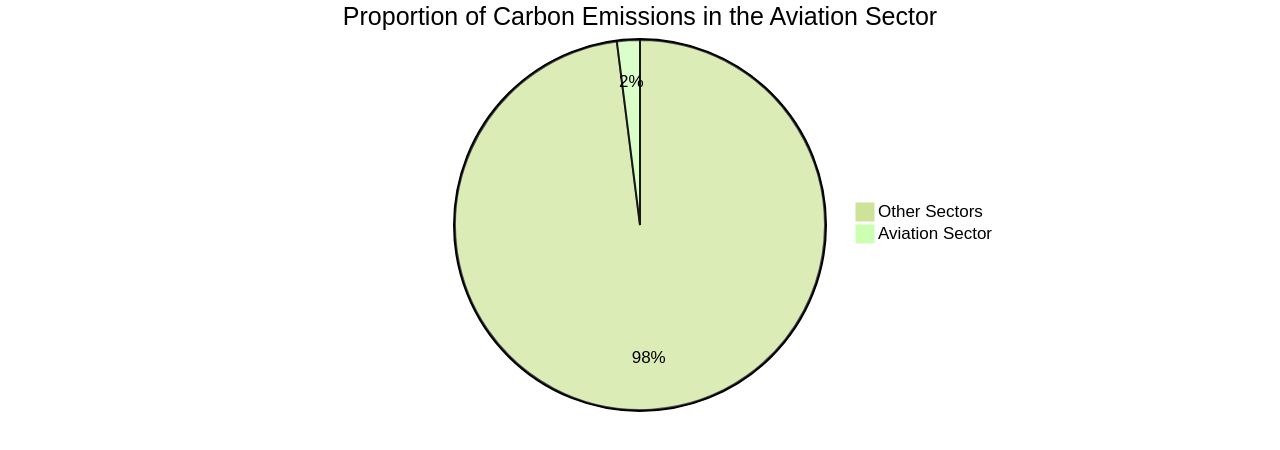
The Process of Ensuring Clean Fuel in Aviation
The production of sustainable aviation fuel (SAF) is a meticulous process, aiming to deliver a quality energy source that meets the strict standards of the aviation industry. SAF is derived from a variety of feedstocks, such as waste biomass, natural oils, and fats, amongst others.
The conversion of these feedstocks into SAF involves intricate technologies, such as the Fischer-Tropsch process, which transforms the feedstock into synthesis gas (syngas), an essential intermediate for SAF production. SAF has emerged as a crucial player in the aviation industry's mission to achieve net-zero emissions by 2050, as stated by the International Civil Aviation Organization.
Despite the challenges, including the higher costs and limited global production, SAF holds promise in significantly reducing the industry's carbon footprint. Companies like Airbus and Virgin Atlantic are already making strides in this direction, with Airbus aiming for 100% SAF capability by 2030 and Virgin Atlantic pioneering in the use of carbon fibre aircraft and fleet upgrades.
Moreover, SAF holds a potential role in a circular energy economy, where the combustion of SAF in an engine produces CO2, water, and heat, similar to conventional hydrocarbon fuels. This circularity presents an opportunity for a sustainable energy system, leveraging waste products and natural resources. However, the scalability and affordability of SAF production are still key areas that need to be addressed. Nonetheless, the global uptake of SAF, particularly in Europe, UK, and the USA, indicates a promising future for this sustainable energy source.
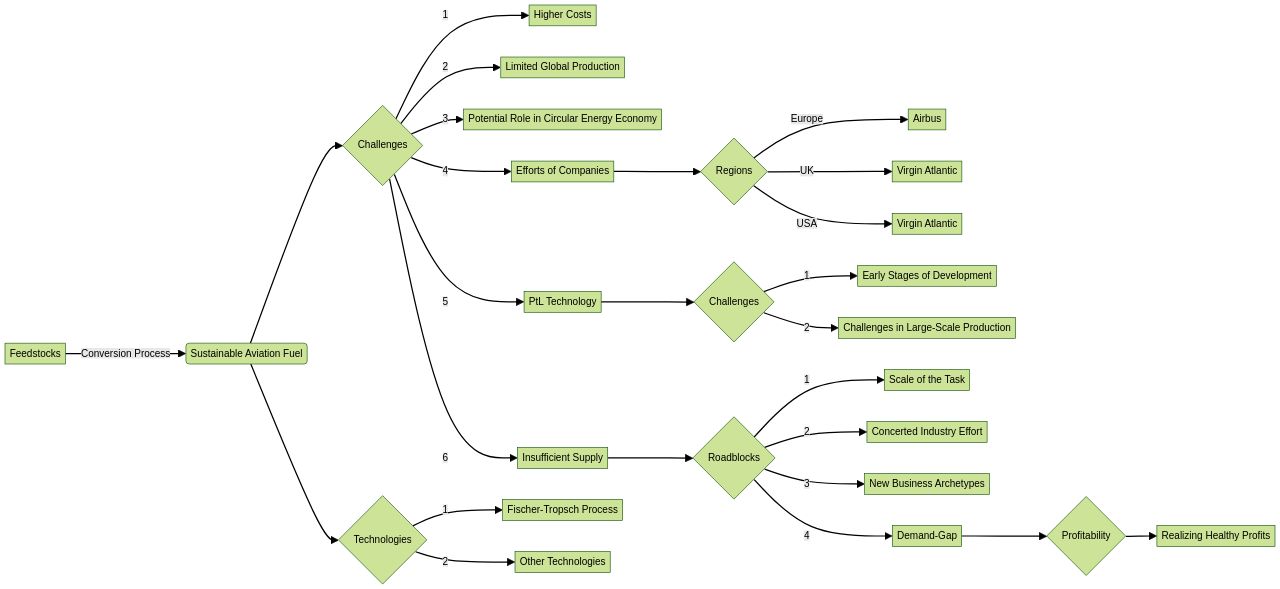
The Role of Policies and Practices in Promoting Sustainable Aviation Fuel Production and Use
The effective production and utilization of sustainable aviation fuel (SAF) is largely influenced by the establishment and implementation of strategic policies and practices. With the International Civil Aviation Organization's goal of achieving net zero carbon emissions by 2050, it is imperative that governments, international entities, and industry stakeholders collaborate to foster an ecosystem that nurtures the growth of SAF production.
This involves the creation of comprehensive policy frameworks, provision of financial incentives, and the strengthening of partnerships. The United States has shown promise in the development of SAF, particularly in the Great Lakes and Rocky Mountain regions.
Furthermore, Australia has been identified as a prime location for the development of a domestic industry, with an increasing global uptake of SAF, especially in Europe, the UK, and the USA. However, the journey towards sustainable aviation is not without its challenges.
There are significant hurdles to overcome, including supply chain constraints, international standards and regulation, and the need for technological innovation and sustainable energy sources. The aviation industry is committed to emissions reduction, with SAFs derived from a range of feedstocks such as biomass, waste products, natural oils and fats, other carbon sources, and hydrogen. Despite these challenges, the industry is making strides towards a cleaner, greener aviation future, with SAF emerging as the primary means of emissions abatement for the aviation industry. In addition to policy and regulatory measures, industry best practices and standards play a crucial role in ensuring the sustainable production and use of clean fuel in aviation. These practices, coupled with the right incentives, can lead to significant scientific and policy wins of the 21st century, contributing to the decarbonization of the aviation industry.
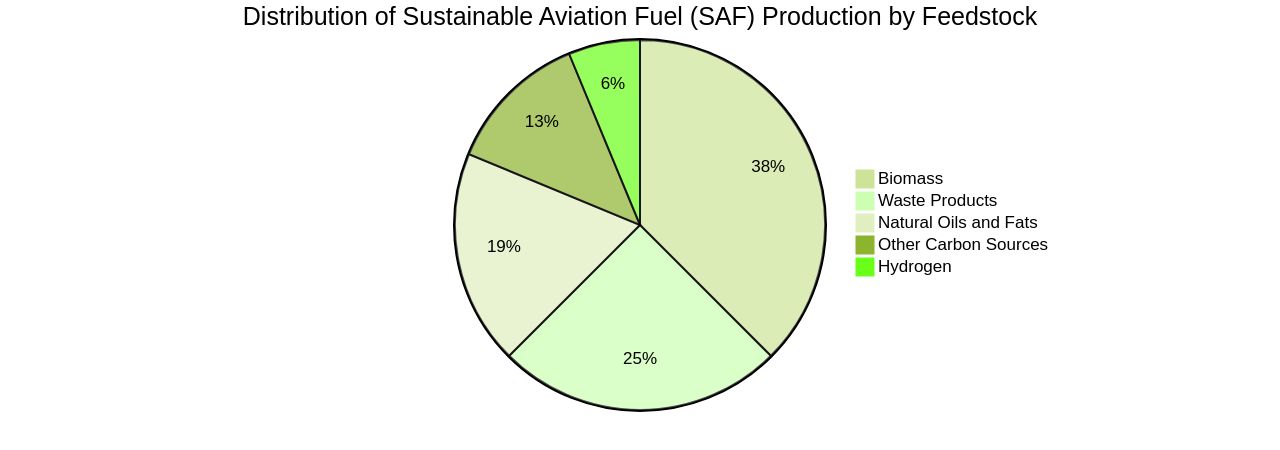
Case Studies of Sustainable Aviation Fuel Farms
The aviation industry is becoming increasingly committed to reducing emissions and sustainable aviation fuels (SAF) are being hailed as a promising solution. These fuels, made from a variety of renewable feedstocks, including biomass, waste products, natural oils, fats, and other carbon sources, are helping the industry edge closer to its net-zero targets.
However, the transition is not without its challenges. Demand for SAF is growing, particularly in Europe, the UK, and the USA, where aggressive adoption timelines and high volume targets have been set.
Yet, the global production of SAF is not keeping pace, leading to supply shortages. Key issues such as affordability, sustainability, and competition for feedstocks continue to pose significant hurdles.
Yet, there is optimism. Countries like Australia, with its abundant feedstocks and burgeoning hydrogen economy, are well-positioned to play a crucial role in SAF production. Similarly, airlines such as United and Virgin Atlantic are pioneering the use of SAF, demonstrating the industry's ability to innovate and adapt. Indeed, as the founder of Virgin Atlantic, Sir Richard Branson, aptly puts it, the 'spirit of innovation' is driving the industry to challenge the status quo and strive for better. These case studies, while highlighting the challenges, also underscore the immense potential of SAFs in transforming the aviation industry and leading us towards a more sustainable future.
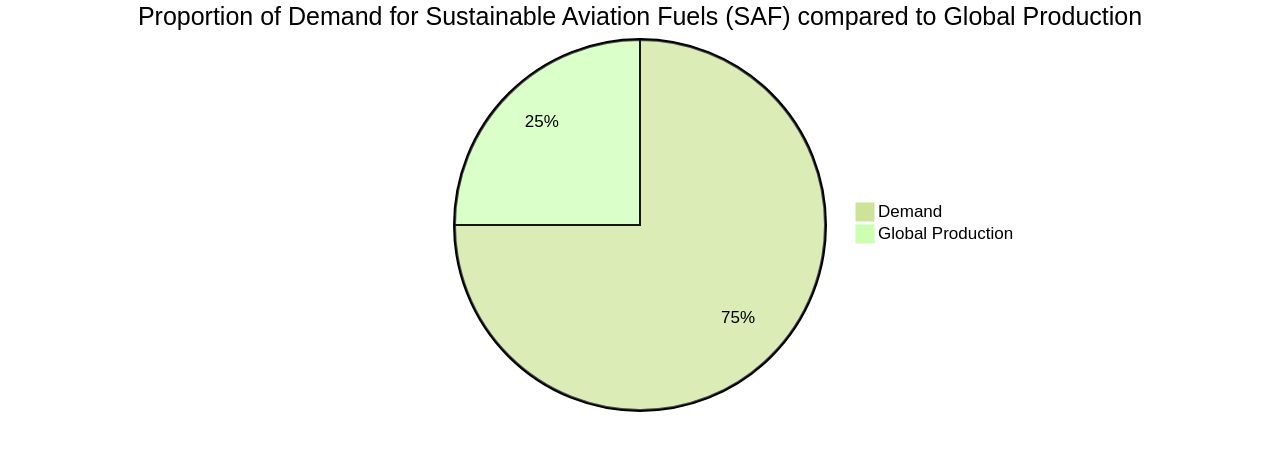
Challenges and Lessons Learned in Sustainable Aviation Fuel Farms
Sustainable Aviation Fuel (SAF) farms hold a promising future in the aviation industry. However, their establishment and operation are not without challenges.
One of the significant hurdles is the availability and scalability of feedstocks, such as biomass, waste products, natural oils, fats, and other carbon sources. The global demand for SAF is increasing, especially in regions like Europe, the UK, and the USA.
However, the limited global production threatens to cause an imbalance where demand surpasses supply. This dynamic brings forth questions about Saf's affordability, sustainability, and the competition for feedstocks.
Additionally, there are concerns about the economically efficient scales of production. Technological advancements are key to addressing these issues.
The aviation industry is also grappling with the transition from fossil fuels to cleaner energy sources. Unlike cars and power plants, airplanes are yet to switch from fossil fuels due to the difficulty in designing a battery that is light yet powerful enough to power a commercial jet. This challenge has made SAF the most viable option in reducing the airline industry’s emissions for the time being. The market demand for SAF is also influenced by the aviation sector's commitment to zero out their carbon emissions by 2050. Understanding these challenges and learning from past experiences can help stakeholders refine their strategies and navigate the path to a sustainable future for air travel.
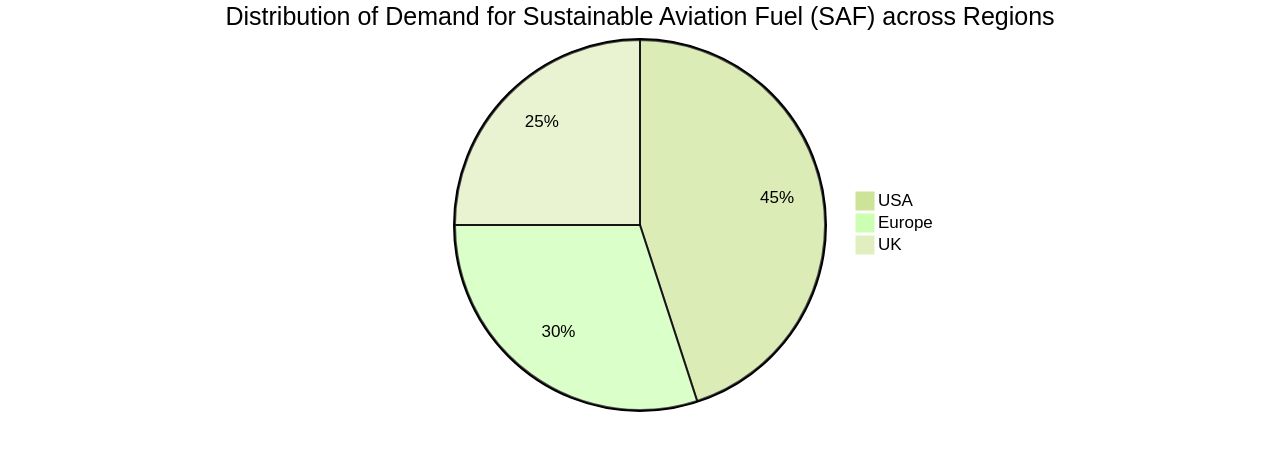
Conclusion
In conclusion, the aviation industry recognizes the importance of clean fuel in achieving its goal of net-zero carbon emissions by 2050. Sustainable Aviation Fuels (SAFs) offer a promising solution to reduce the industry's environmental impact.
However, there are challenges to overcome, such as limited production capacity and concerns about affordability and sustainability. Recent advancements in SAF technology have demonstrated the potential of these fuels, with examples like Virgin flight 100 emitting 70% less carbon dioxide than standard fuel.
The industry is now focused on developing greener methods of producing kerosene without relying on fossil fuels. Policies and practices play a crucial role in promoting the production and use of SAFs.
Comprehensive policy frameworks, financial incentives, and partnerships are necessary to foster an ecosystem that supports SAF production. Countries like the United States and Australia are making progress in this area.
Case studies highlight the growing demand for SAFs, particularly in Europe, the UK, and the USA. However, supply shortages remain a challenge. Despite this, airlines like United and Virgin Atlantic are pioneering the use of SAFs, demonstrating the industry's commitment to innovation. The establishment and operation of sustainable aviation fuel farms come with challenges related to feedstock availability, scalability, affordability, sustainability, and competition. Technological advancements are crucial to address these issues. Overall, while there are obstacles to overcome in adopting sustainable aviation fuels at scale, they hold immense potential for transforming the aviation industry and leading us towards a more sustainable future for air travel.
Join Universal Fuel Technologies today and be a part of the sustainable aviation fuel revolution!




